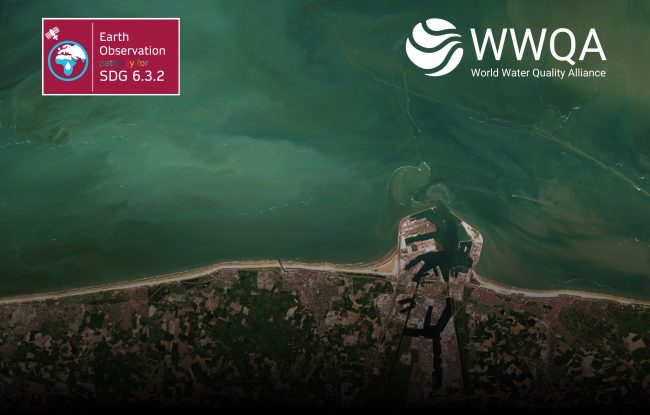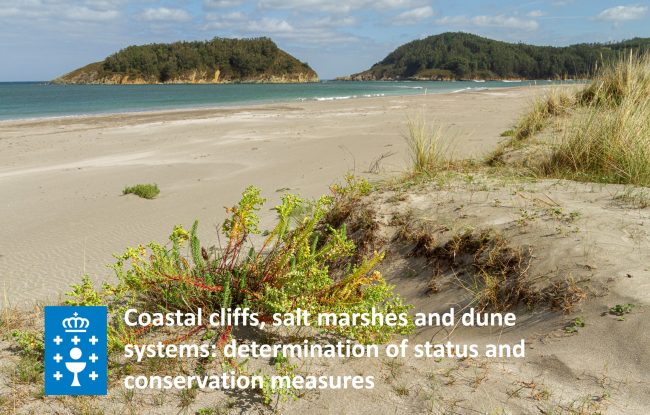DETALLES DEL PROYECTO
3edata was involved in the EU-funded project High-resolution in-situ and surface measurements of optical and temperature lake characteristics” (HIREMOT), a project led and coordinated by scientists from CSIRO in Australia, and in which, in addition to 3edata, scientists from the City University of New York (USA) also collaborated.
In this project,3edata has developed part of its remote sensing tools for monitoring aquatic ecosystems in a research infrastructure included in the AQUACOSM Network.
The objective of the project was to characterize the effects of internal mixing processes on the vertical distribution of cyanobacterial and/or phytoplankton biomass and to understand the impact of physical conditions on the optical closure of water column measurements linked to surface reflectance; thus optimizing water sampling strategies and achieving a better relationship between in-situ measurements and remote sensing analysis of these parameters.
3edata role in this work was to calibrate, validate and analyse methodologies being developed by the company for the quantification and early detection of algae blooms in water bodies using optical remote sensing techniques.. The general experimental design in which the experiments of the HIREMOT Project were included, was the one developed in the LakeLab within the framework of the CONNECT Project (IGB).The design of the experiments included in the HIREMOT complemented the objectives of the CONNECT Project and allowed us to test our developments in the ideal conditions provided by the mesocosm infrastructure of the LakeLab IGB. In this infrastructure a process of forced and connected eutrophication of different degrees was programmed in a total of 16 mesocosms. The design of the experiment allowed us to evaluate the performance and optimize different methodologies for the spatially explicit modeling of temperature, turbidity, chlorophyll and cyanopigment concentration. This was carried out using multispectral and thermal imaging of near-surface UAVs and point measurements with a newly developed system consisting in a remotely controlled spectrometer on board an UAV. In addition, alternative data sources were tested, including a citizen science Smartphone App about water color (EyeOnWater), with the objective of comparing its results with data obtained through scientific instruments and evaluating the potential of these alternative data sources in calibration and validation exercises of remote sensing products.
This experiment is part of a project that 3edata is developing within the framework of the EMALCSA Chair with the participation University of A Coruña in which these same methodologies will be applied for the continuous and spatially explicit monitoring of the Cecebre Reservoir by means of remote sensors.








